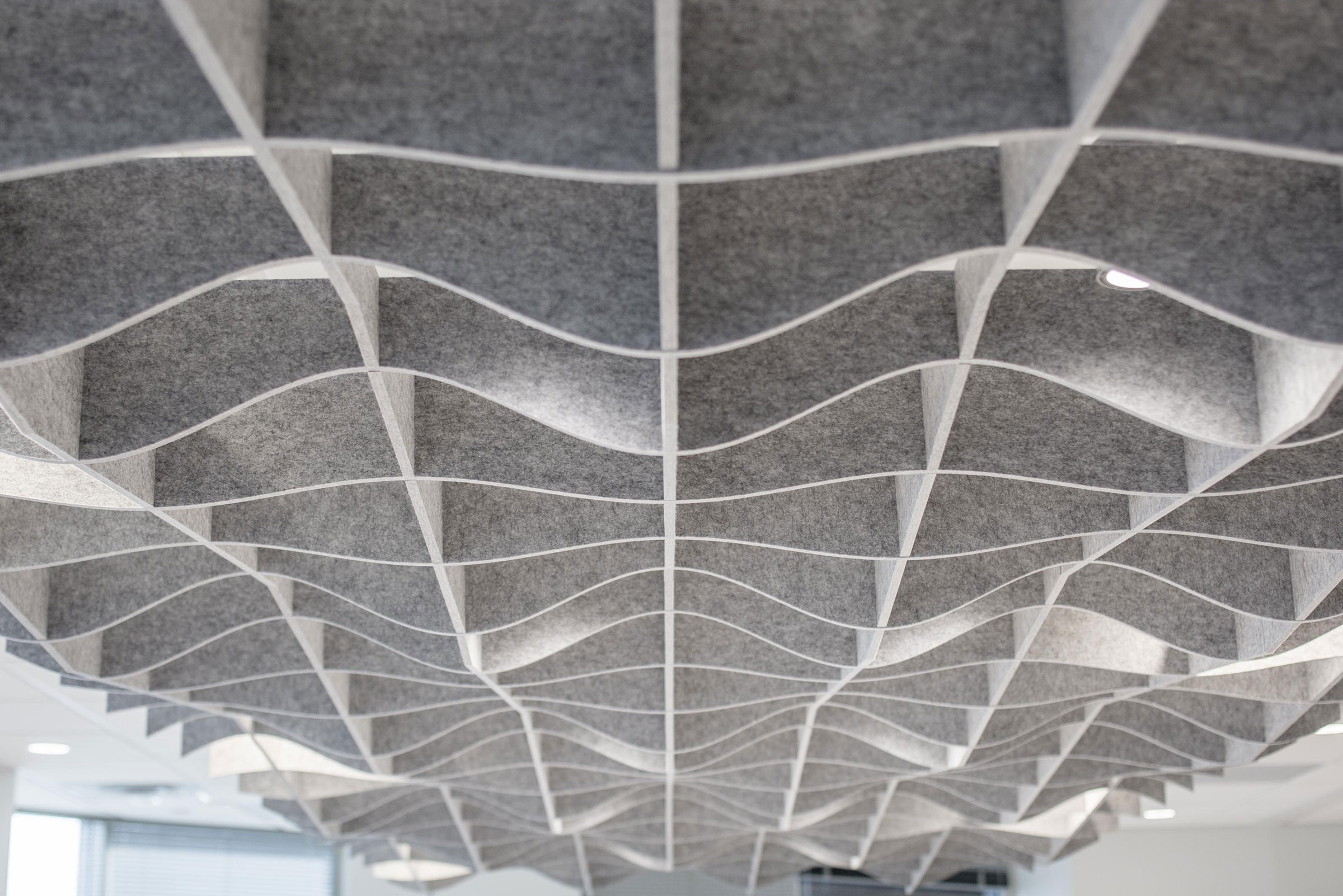In the bustling world of urban living, where concrete towers scrape the sky and millions share the same air, the quest for privacy has become increasingly complex. Apartments, often designed with elegance and style, can unwittingly transform into soundscapes where the hum of neighboring conversations bleeds through walls and the faintest music drifts under doors.
Yet, there exists a powerful ally in the form of acoustic design—an art and science adept at crafting serene havens amidst the clamor. By strategically employing innovative materials and techniques, architects and designers can create multilayered barriers that not only absorb sound but also enhance overall well-being.
This exploration will unravel how thoughtful acoustic strategies can redefine privacy in apartments, ultimately fostering a tranquil environment where residents can retreat into their own worlds, untouched by the noise that surrounds them.
Introduction to Acoustic Design in Residential Spaces
 Acoustic design is an essential yet often overlooked aspect of residential architecture that can significantly affect our daily lives. Premium developments such as Skye at Holland show how early planning— from façade glazing and wall assemblies to corridor layouts—can turn dense urban buildings into quiet sanctuaries. In the bustling environment of apartment living, where walls often seem paper-thin, the need for effective sound management becomes paramount.
Acoustic design is an essential yet often overlooked aspect of residential architecture that can significantly affect our daily lives. Premium developments such as Skye at Holland show how early planning— from façade glazing and wall assemblies to corridor layouts—can turn dense urban buildings into quiet sanctuaries. In the bustling environment of apartment living, where walls often seem paper-thin, the need for effective sound management becomes paramount.
Imagine stepping into your sanctuary, welcomed not only by the warmth of your decor but also by a cocoon of tranquility that shields you from the clamor outside. Effective acoustic design involves much more than simply adding insulation; it encompasses the strategic use of materials, layout optimization, and innovative soundproofing solutions to create spaces that promote comfort and privacy.
By addressing the unique acoustic challenges that come with shared living, we can cultivate environments that are as restful as they are functional, facilitating a harmonious coexistence among residents while preserving personal peace.
The Science of Sound: How Acoustic Design Works
The intricacies of sound and its behavior in enclosed spaces form the cornerstone of acoustic design, an essential field for enhancing privacy in apartment living. Understanding the principles of sound waves—how they travel, reflect, and absorb—enables architects and designers to create environments that minimize noise transmission.
Each element of a room, from wall materials to furniture arrangements, plays a pivotal role; thick curtains and plush carpets can dampen echoes, while strategically placed acoustic panels can deflect sound waves away from sensitive areas. Moreover, the frequency of sounds—low bass notes travel differently than high-pitched tones—means that tailored solutions are often necessary.
By employing advanced techniques like sound masking and double-wall constructions, designers not only provide a buffer between neighboring units but craft spaces that feel private and serene, turning bustling apartments into personal retreats.
Innovative Technologies for Sound Management in Apartments
 Innovative technologies are transforming how sound management is approached in apartment design, presenting exciting solutions that enhance privacy and reduce noise pollution. One groundbreaking advancement is the development of sound-absorbing materials, such as acoustically enhanced drywall and advanced insulation systems, which effectively dampen sound transmission between units.
Innovative technologies are transforming how sound management is approached in apartment design, presenting exciting solutions that enhance privacy and reduce noise pollution. One groundbreaking advancement is the development of sound-absorbing materials, such as acoustically enhanced drywall and advanced insulation systems, which effectively dampen sound transmission between units.
Additionally, smart acoustic systems are making waves, integrating sensors and algorithms to adjust sound levels automatically, creating a tailored auditory experience for residents. Furthermore, modular furniture designed with sound-diffusing properties not only enhances décor but also serves a functional purpose, breaking up sound waves to minimize disturbances.
Utilizing these technologies, architects and developers are reimagining living spaces; the result is a harmonious blend of style and serenity, ensuring that tranquility reigns even within densely populated environments.
Future Trends in Acoustic Design for Multi-Family Housing
 As we look to the future of acoustic design in multi-family housing, a confluence of advanced technologies and innovative materials is set to revolutionize how we address sound privacy. Emerging trends such as the integration of smart acoustic panels, which adjust in real-time to fluctuating sound levels, promise a transformative approach to noise control.
As we look to the future of acoustic design in multi-family housing, a confluence of advanced technologies and innovative materials is set to revolutionize how we address sound privacy. Emerging trends such as the integration of smart acoustic panels, which adjust in real-time to fluctuating sound levels, promise a transformative approach to noise control.
Furthermore, the exploration of bio-inspired designs—mimicking natural sound-absorbing structures—highlights a shift towards sustainability without sacrificing aesthetic appeal. Architects and designers are increasingly recognizing the importance of community feedback, utilizing spatial mapping and data analytics to create tailored acoustic solutions that resonate with residents needs.
With the rise of remote living and the blurring lines between work and home, the demand for multifaceted, adaptable environments will only intensify. As we embrace these innovations, the concept of sound privacy will not simply evolve; it will redefine our understanding of comfort and well-being within shared living spaces.
Conclusion
In conclusion, effective acoustic design plays a crucial role in enhancing privacy in apartment living, allowing residents to enjoy their homes without intrusive noise disruptions. By incorporating soundproofing materials, strategic room layouts, and innovative design solutions, developers can create serene environments that prioritize tranquility.
Projects like Skye at Holland exemplify how thoughtful acoustic considerations can lead to enhanced comfort and well-being, ensuring that urban dwellers can fully embrace their living spaces. As the demand for high-quality living experiences continues to rise, the importance of acoustic design in apartment buildings will only become more significant, shaping the future of urban development.


